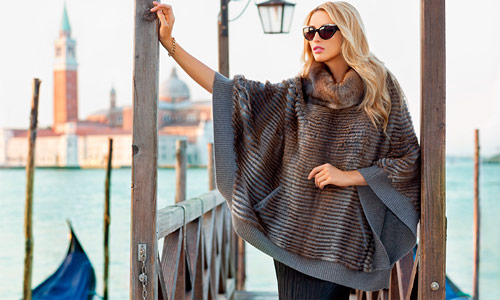The overall health of the legs, vessels and the musculoskeletal system depends on the proper functioning of the foot. Due to various reasons: the wrong shoes, long stay in one position, insufficient or excessive exercise, feet can be deformed. Orthopedic insoles are a great way to handle this problem. With the help of such products, it is possible to both prevent and correct many curvatures of the foot and provide it with the correct anatomical position. To purchase a suitable product, you need to know a few nuances. We will tell you what you should pay attention to before buying.

Content:
The best manufacturers of orthopedic insoles - which company to choose
Orthopedic insoles are presented in a huge assortment. Because of this, choosing a really high-quality product is quite difficult.
We have prepared a rating of companies you can trust, because They produce comfortable, durable and durable products:
1. Orto
2. Ortmann
3. Pedag
The production of these brands is based on innovative technological developments in the field of orthopedics. Due to the high quality of hypoallergenic materials, orthoses for a long time retain their original properties. But at the same time, the products have an acceptable cost, which together with the quality ensures the demand and competitiveness of the goods. All products have proper registration and certificates.
To find out which products are particularly popular, read our ranking of the best orthopedic insoles.
The principle of operation and the device of orthopedic insoles
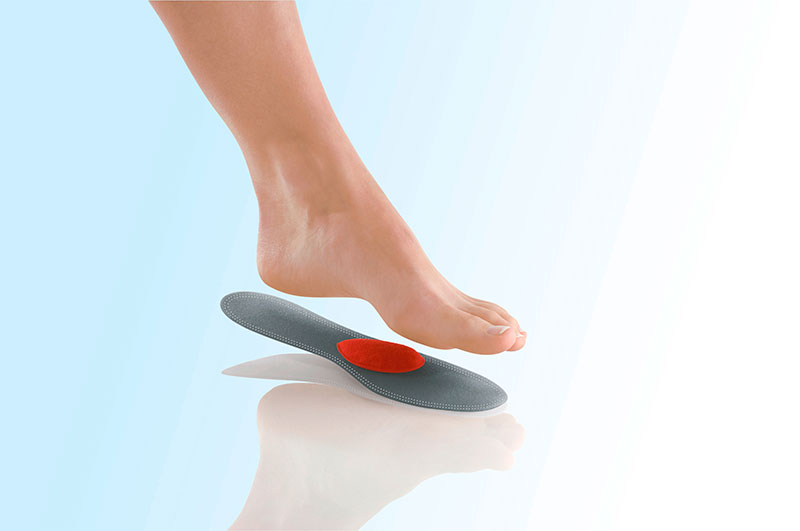
Orthopedic insoles are a device that is embedded in shoes and serves to support the correct position of the foot. Insoles are widely used in adults and children for the prevention and treatment of various forms of flat-footedness (transverse, longitudinal or flat-valgus deformity), heel spurs, painful knees, sprains in the ankle area, and other pathologies.
The design of products includes:
1. The arch support that supports the inner arch of the foot.
2. Metatarsal cushion, which is located in the area of the transverse arch.
3. Recess under the heel, under which there is a cushion for a cushioning effect.
Due to such relief, an orthopedic effect is achieved. Products from polymeric and natural materials are made.
The main function of the orthosis is to ensure the correct position of the foot and compensate for the lost depreciation.
In addition, insoles perform a number of other useful functions:
- normalize the balancing spring function of the foot, blood circulation in the feet;
- reduce the load on the joints and spine;
- support the arch of the foot;
- increase endurance during long standing or walking;
- reduce pain, swelling in the legs;
- prevent the development of articular osteoarthritis, osteochondrosis and other pathologies.
Types of orthopedic insoles
Massage orthopedic insoles
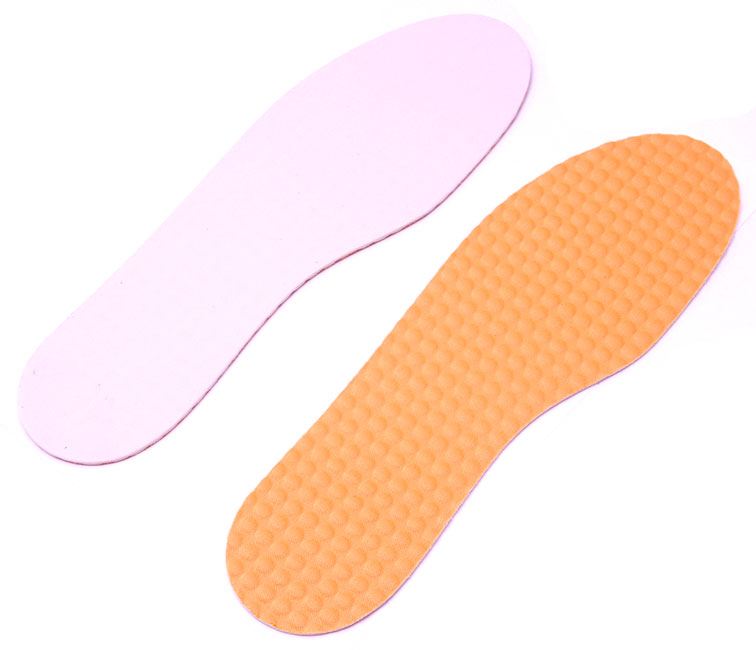
These products have a soft frame. They are distinguished by their anatomical shape: the presence of depressions and protuberances on the surface of the orthosis, sometimes elastic spikes, due to which the products massage the foot. Some models are made with the addition of magnetic beads, which have an additional massage effect.Products are suitable for athletes, people who often get tired legs: teachers, hairdressers, vendors, pregnant women, etc.
Advantages:
- create a relaxing effect;
- increase blood circulation;
- strengthen the muscles of the foot;
- correctly distribute the load on the limbs;
- flatfoot prevention;
- eliminate stress when walking;
- good cushioning effect.
Disadvantages:
- not suitable for the treatment of foot deformities.
Corrective orthopedic insoles
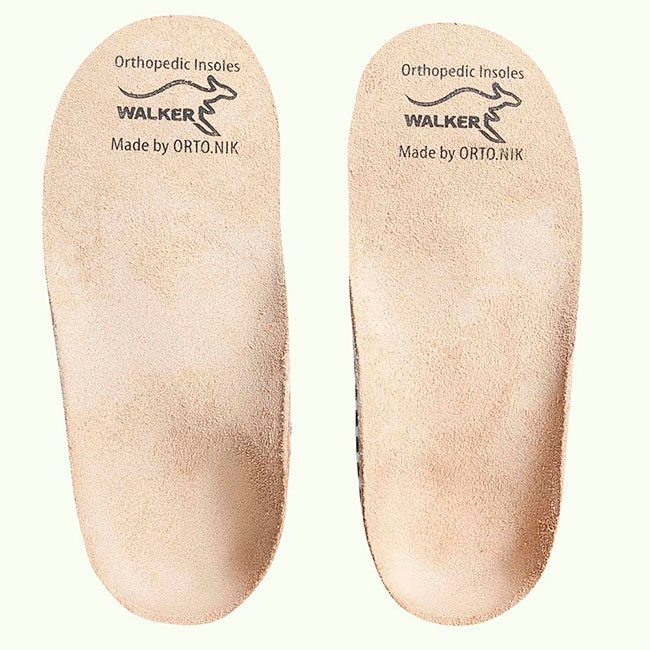
These products are used to treat foot deformities. Corrective elements can be located in different parts of the foot, depending on the characteristics of the pathology. The following types of orthoses are distinguished: VP-1, VP-2, VP-3, VP-4, VP-5, VP-6, VP-7, VP-8, VP-9, VP-10. Such correctors create optimal conditions to support the right ratio of muscle tone. They eliminate the symptoms associated with impaired blood flow and nutrition of the joints and tissues.
Advantages:
- properly redistribute the load;
- eliminate stiffness and tension, increase motor activity;
- improve joint mobility;
- at the moment of support, they smooth the load stress;
- contribute to the restoration of damaged tissues.
Disadvantages:
- It is not always possible to find a finished product on sale, so you have to order by an individual impression, which is quite expensive.
Insoles with arch support
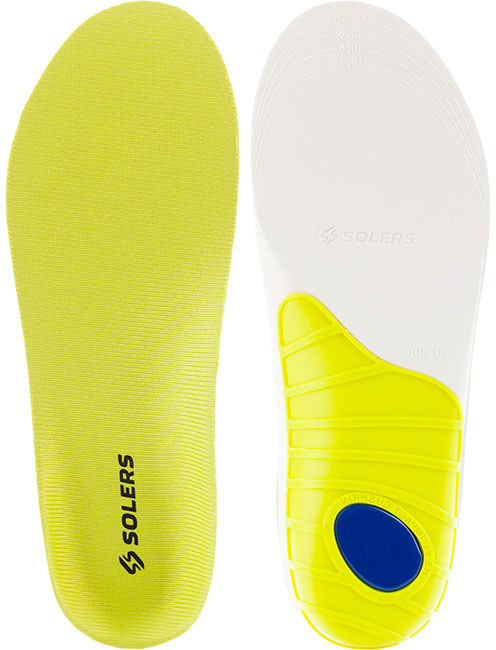
In 85% of cases, doctors recommend wearing insoles equipped with an instep support. There are different models of such orthoses. Depending on the characteristics of the violations, they can be designed to correct the transverse (correct the deviations of the transverse arch) and the longitudinal (differ in high liner, the presence of special wedges that change the angle of the position of the longitudinal arch of the foot during walking) flatfoot.
Also, products differ in the type of footwear for which the insole is selected. For example, for closed shoes, orthoses made of natural material are recommended. they provide good breathability.
Indications for use: ultimate load on the foot, flat feet, cramps and burning, soreness, deformity of the thumb, inner treading of the sole, old age, deformation of the foot due to prolonged wearing of heels, excess weight.
Advantages:
- reduces the load on the joints;
- provides a cushioning effect;
- reduces the load on the foot at the time of support;
- evenly distributes the load.
Disadvantages:
- most products for closed shoes.
Diabetic
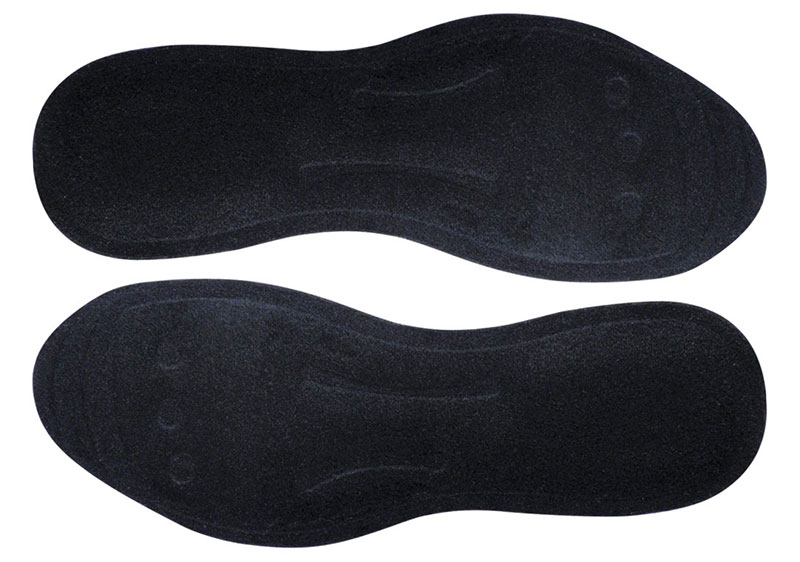
Such products have a soft or semi-rigid base with a heel cavity, pronator, instep supports that unload the foot and correct its position. It has a positive effect on the body, because decreases the likelihood of ulcers, corns, cracks heels due to overworking the legs, reduced discomfort when walking.
Thanks to the multi-layer frame structure, the product provides a good damping effect. The top layer of the orthosis perfectly allows air and moisture, does not slip, it is soft enough, therefore it does not injure the foot. The intermediate layer takes up the entire load from the area of high pressure. The bottom layer has an absorbent, bacteriostatic effect and performs the function of shaping.
It is recommended to use in case of rheumatoid polyarthritis, diabetic foot syndrome, etc.
Advantages:
- the product ensures the correct position of the foot;
- relieves symptoms associated with pain in the foot;
- reduces fatigue and discomfort while walking;
- there are no hard elements that can damage the skin;
- increases the convenience of wearing shoes.
Disadvantages:
- insoles are designed primarily for closed shoes;
- high price.
Baby

Such products can be standard, manufactured according to a common pattern (they are used for the prevention of foot deformities), orthopedic insoles are also available, which must be created according to individual parameters of the foot (they are used if there are deviations).
The first helps to properly form the vaulted leg structure.Due to the soft supporting effect, the insoles prevent the development of curvature. Some companies in production use thermoplastic material, which tends to soften as the temperature rises and take the form of a baby’s foot. So after cooling, the insole retains the desired shape and provides the necessary correction.
Standard orthoses for children can be worn from the moment the baby starts walking.
Advantages:
- orthoses normalize blood circulation in the foot tissues;
- reduce the likelihood of deformation;
- reduce the load in the heel and evenly distribute it;
- mitigate jolts that occur during movement;
- prevents the formation of corns.
Disadvantages:
- standard models are not suitable for curvature correction;
- The manufacture of individual insoles is quite expensive.
Parameters for choosing orthopedic insoles
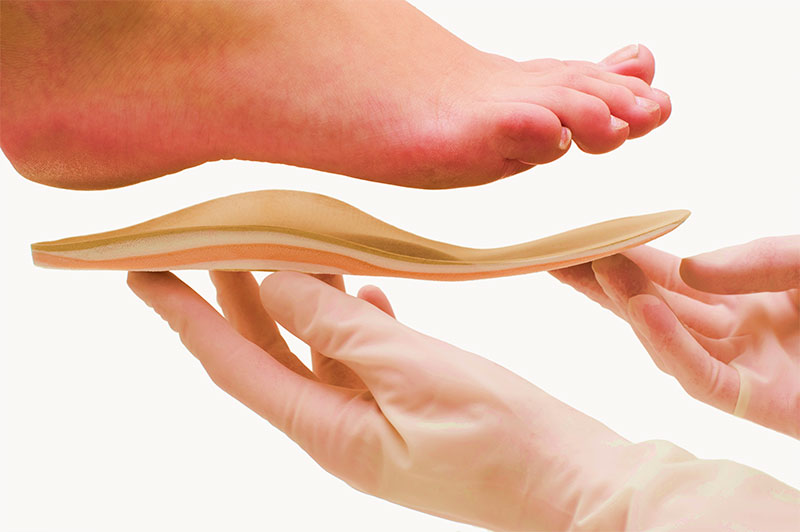
1. Purpose
Before buying, you need to decide for what purpose the product is purchased. Insoles can have a preventive and curative effect. In the first case, to purchase the product is not difficult, because such orthoses are commercially available. Therapeutic effect insoles are often made to order, because in each case, the pathology manifests itself in different ways.
2. Support type
The product can provide transverse, longitudinal support, or both at the same time.
3. Material
The most common materials for the production of orthopedic insoles are:
- skin - resistant to wear, breathable, retains its shape and initial properties for a long time;
- Silicone - elastic, flexible, able to adapt to the individual characteristics of the foot, but wears quickly, is quite heavy.
Also in the manufacture of such high-tech materials such as Microliner, EVA, Veldona, etc. They are hypoallergenic, durable and have excellent cushioning properties. Some manufacturers add a special impregnation of activated carbon, which absorbs moisture, prevents odors and the reproduction of harmful microorganisms. In some models there is a coating (foamed polyethylene), which prevents rubbing, which is especially important in diabetes.
4. Construction height
Multi-layer insoles with a built-in arch support are distinguished by a higher design than massage and diabetic. When choosing, this factor should be taken into account.
5. Rigidity
There are 3 types of skeletons: rigid (made of steel, graphite or plastic, suitable for pain in the foot, prevent the arch of the foot, correct various deformities), semi-rigid (made of flexible plastic, contribute to easing the tension of the soft tissues of the foot) and soft (prevent the development of diseases feet, made of foam materials, recommended for women's shoes with heels, athletes).
6. The size
The orthosis should correspond to the width, length of the foot, the shape of the shoe.
What orthopedic insoles to choose

1. If you need insoles that will provide a good cushioning effect, it is better to choose orthoses with a built-in arch support.
2. For the treatment of severe deformity of the foot, corrective insoles are needed, which are often made to order.
3. For athletes or people whose activities require a long time to be in a standing position, suitable massage insoles.
4. If the tissues of the foot are damaged due to the toxic effect of high sugar, then it is better to purchase diabetic orthopedic insoles, which are very soft and smooth out the symptoms of the disease.
5. For the child should choose children's orthopedic insoles, which are designed to properly shape the foot.
How much are orthopedic insoles

1. For children: 650-2300 p.
2. For diabetics: 700-5300 r.
3. With instep support: 1800-8400 r.
4. Massage orthopedic insoles: 1600-7500 r.
5. Corrective orthopedic insoles: 4300-16000 p.
It will be interesting to friends too




